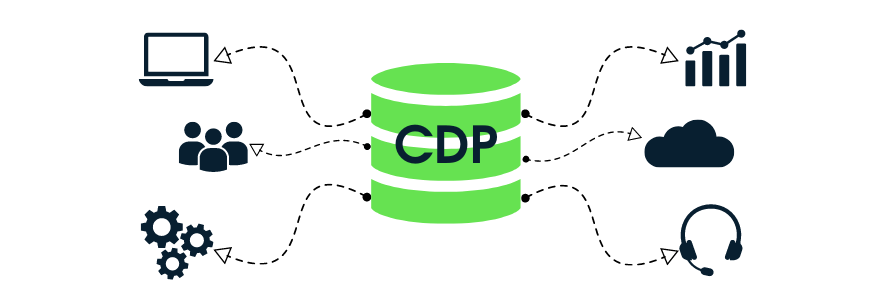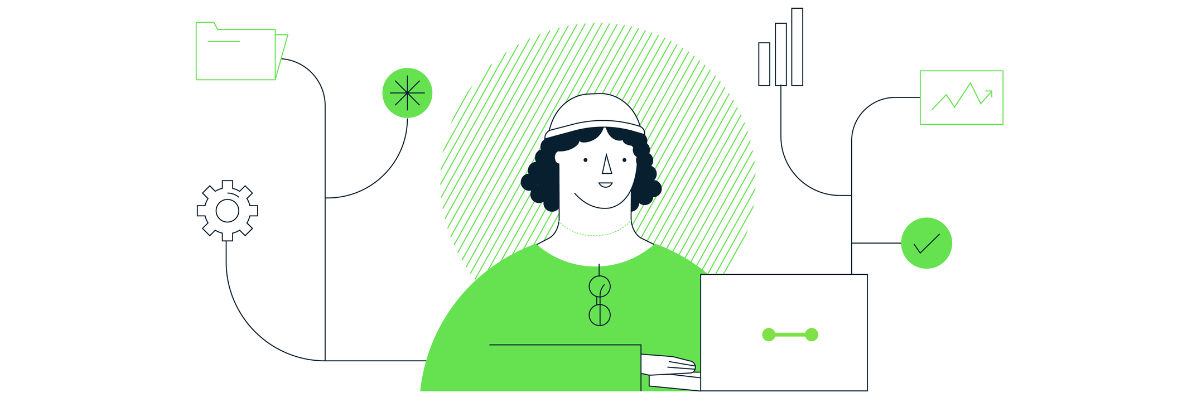Customer Data Platforms (CDPs)

Our take on CDPs
We’ve been around long enough to have seen the bandwagon-jumping that inevitably happens with any new tech trend as it travels the hype cycle. Right now, Customer Data Platforms (CDPs) are reaching the peak of inflated expectations – and are at risk of descending into the trough of disillusionment.
Measurelab doesn’t resell technology licences and we don’t rake in money from vendor kick-backs. So we’re happy to tell it like it is.
If you haven’t already got a CDP, you may not actually need to buy one. There, we said it. And if you’ve already made the leap, there may be a faster way to get a return on the investment.
Of course, having all your data unified, trusted, readily accessible, easily exported into other systems and actively used is desirable. But it doesn’t have to be all your data, all at once. And you may not need to buy new technology to get there.
An agile approach
Our agile approach prioritises speed and impact. We try to avoid over-planned analytics initiatives and long-term strategic roadmaps. The technology underpinning CDPs is constantly changing and marketing tends to move faster than the data infrastructure that’s designed to support it.
With this in mind, here are ten guiding principles for any CDP-like initiative.
- Start with a small number of quick wins. It may help to think of these as “user stories” or data products/services as this ensures focus on the business value to be delivered. Start with those that have the potential to deliver high impact with minimal effort.
- See if it’s possible to deliver on these initial requirements with existing technology and data that’s readily accessible so as to accelerate the ‘time to value’.
- Explore the data set early in the process. Download a sample and get someone looking into it. Don’t make the mistake of assuming the data is going to be complete or rich enough to deliver on your requirements.
- Unless you already have a CDP, start with a composable solution built on readily available and widely-supported technologies (our go-to is the Google Cloud Platform). Architect with scalability and security in mind.
- Consider up-front who is going to own and support the technology on an ongoing basis. Think hard before going with a niche vendor or one without a partner network that gives you multiple options for support.
- Take an incremental approach to ingesting data. Start with maybe two or three priority data sources that support the creation of the data products or services that will give you immediate returns. Extract value and then add more over time as further use cases emerge.
- Ensure you follow good data governance practices and monitor data feeds to ensure integrity on an ongoing basis. Make an allowance for the time it takes to proactively monitor and maintain products.
- Get a working prototype in the hands of end users as early as possible. There’s a good chance that what they said they wanted isn’t what they actually wanted. Best find out early if that’s the case.
- Set time and budget aside to create the necessary documentation, and to train and enable users so they understand how they can use the data, insights and activations and integrate them into their daily workflow.
- Don’t make the assumption end-users are actively using the data products and services you build. Monitor usage and be prepared to kill products that aren’t being used in order to free up time and resources so you can pivot towards new use cases that emerge.
When it comes to Customer Data Platforms, Measurelab advocates for an agile approach. By starting with the end-goal, using existing technology where possible, and adopting an iterative agile process, you can start to see the benefits of data-driven insights and activations, while minimising the risk of an overblown, over-budget initiative. Get in touch with one of our consultants if you’d like to discuss your requirements.
Matthew Hooson
Subscribe to our newsletter:
Further reading
